Sensitive vs Sensitized Skin

Ever had dry, flaky, red skin, or even a tingling sensation? We’ve all experienced these reactions at some point. While many people think they have sensitive skin, chances are they might actually just have sensitized skin. Read on to learn what the difference is.
THE SCIENCE BEHIND IT…
OVERALL CLINICAL DATA ON SPECIFIC INGREDIENT(S) & HOW THEY FUNCTION:
While some people have true sensitive skin, most of us have experienced sensitized skin, which is independent of genes and skin type and is a condition caused by environmental or external triggers. Both sensitive skin and sensitized skin have similar symptoms which lead many to believe they have sensitive skin. Several surveys have been conducted to evaluate the prevalence of skin sensitivity in the general population and have found that around 60% of men and women have some degree of self-perceived skin sensitivity, with an increase in self-reporting of skin sensitivity in the past 5 years.1
Sensitive skin, as defined by the International Forum for the Study of Itch, is the “occurence of unpleasant sensations in response to stimuli that normally should not provoke such sensations.”2 These subjective sensations include stinging, burning, itching, skin tightness, or tingling and can be associated with skin dryness, erythema, and inflammation. There are some methodologies used to identify individuals with sensitive skin such as the Lactic Acid Sting Test, Capsaicin Sting Test, use of Infrared thermographic scanners to observe thermal skin changes accompanying inflammation, and use of cross-polarized light to identify erythema not seen through visual scoring.3 There is significant variation in response to certain irritants which makes it difficult to understand the pathology of sensitive skin. Sensitive skin is not related to underlying skin conditions such as rosacea or dermatitis which may show similar skin sensations. It is believed that sensitive skin is caused by the over activity of the skin’s nervous system, involving both nerve endings and keratinocytes which express sensory receptors.4 Due to a high density of nerve endings in the face, the face is often the site of skin sensitivity compared to the body. Other physiological characteristics of sensitive skin can include decreased skin lipids, decreased ceramides, and decreased stratum corneum hydration.5 There is significant complexity regarding sensitive skin but common strategies to minimize the unpleasant symptoms associated with this skin condition include minimizing exposure to irritants and supporting the skin barrier.
Strategies to overcome sensitized skin often involve strengthening or supporting the skin barrier.
While an individual may not have true sensitive skin, any individual can experience sensitized skin caused by external factors. Sensitized skin is linked to impaired barrier function which can be caused by excessive cleansing, over exfoliation, sun exposure, harsh skincare treatments, pollution, and other external stressors. This is truly a reflection of your environment. The skin barrier acts as a living shield preventing transepidermal waterloss and dynamically regulating skin permeability. If compromised, the skin is more susceptible to dehydration due to TEWL, inflammation due to enhanced skin penetration of skin irritants, and erythema or redness due to skin inflammation. Strategies to overcome sensitized skin often involve strengthening or supporting the skin barrier.
Whether you have sensitive skin or sensitized skin, our new sensitive skin line is the perfect solution for your skin. All three products are formulated with marshmallow root powder which contains mucilage, known for its soothing and hydrating properties. It is rich in polysaccharides, betaine, tannins, and vitamins that can help soothe, moisturize, and calm skin. Polysaccharides are long chain sugars that have water binding properties due to their numerous hydroxyl groups. The polysaccharides in marshmallow (Althaea officinalis) root are composed of repeating units of galacturonic acid, glucuronic acid, galactose, and rhamnose. This long polymer can also form a protective film on the skin, locking in moisture and repelling skin irritants.
Our Multi-Calm Cream Cleanser is a non-foaming creamy cleanser that cleanses without stripping the skin, leaving the skin soft, smooth, and supple.
Our Skin Soothing Recovery Lotion is a lightweight lotion that soothes and hydrates despite having a satin matte finish. In addition to marshmallow root powder, it contains beta-glucan, arnica, aloe, and skin renewing locust bean to smooth skin micro relief and reduce the appearance of skin redness.
Our Marshmallow Root Barrier Balm is a more occlusive and concentrated formula loaded with skin protecting shea butter, nature identical bisabolol, moisturizing fructooligosaccharides, and soothing centella asiatica. It is a dense balm that seals in moisture and helps strengthen the skin barrier. Whether you have sensitive skin or your skin just needs a little TLC, our sensitive skin line is sure to soothe, calm, and comfort.


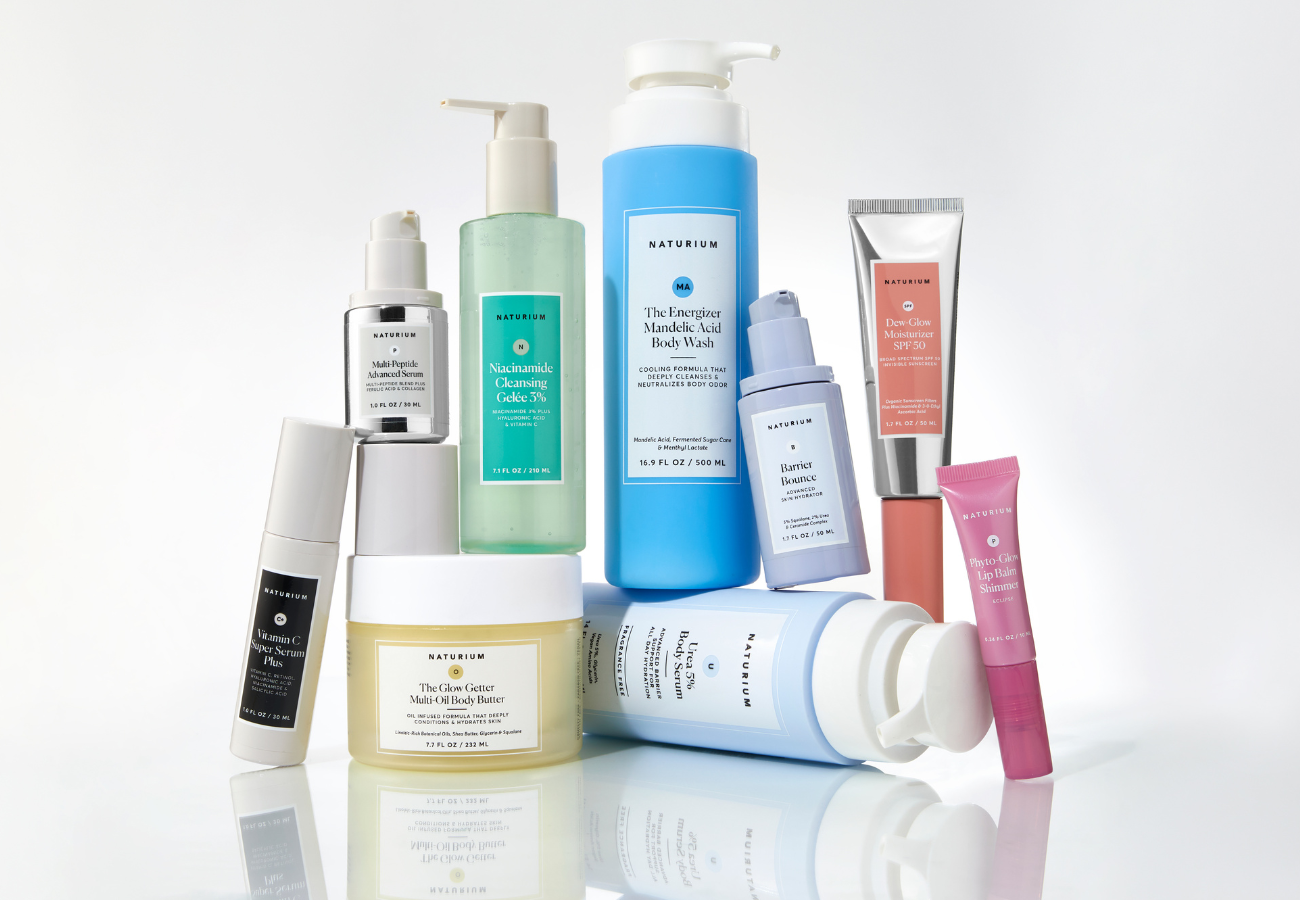
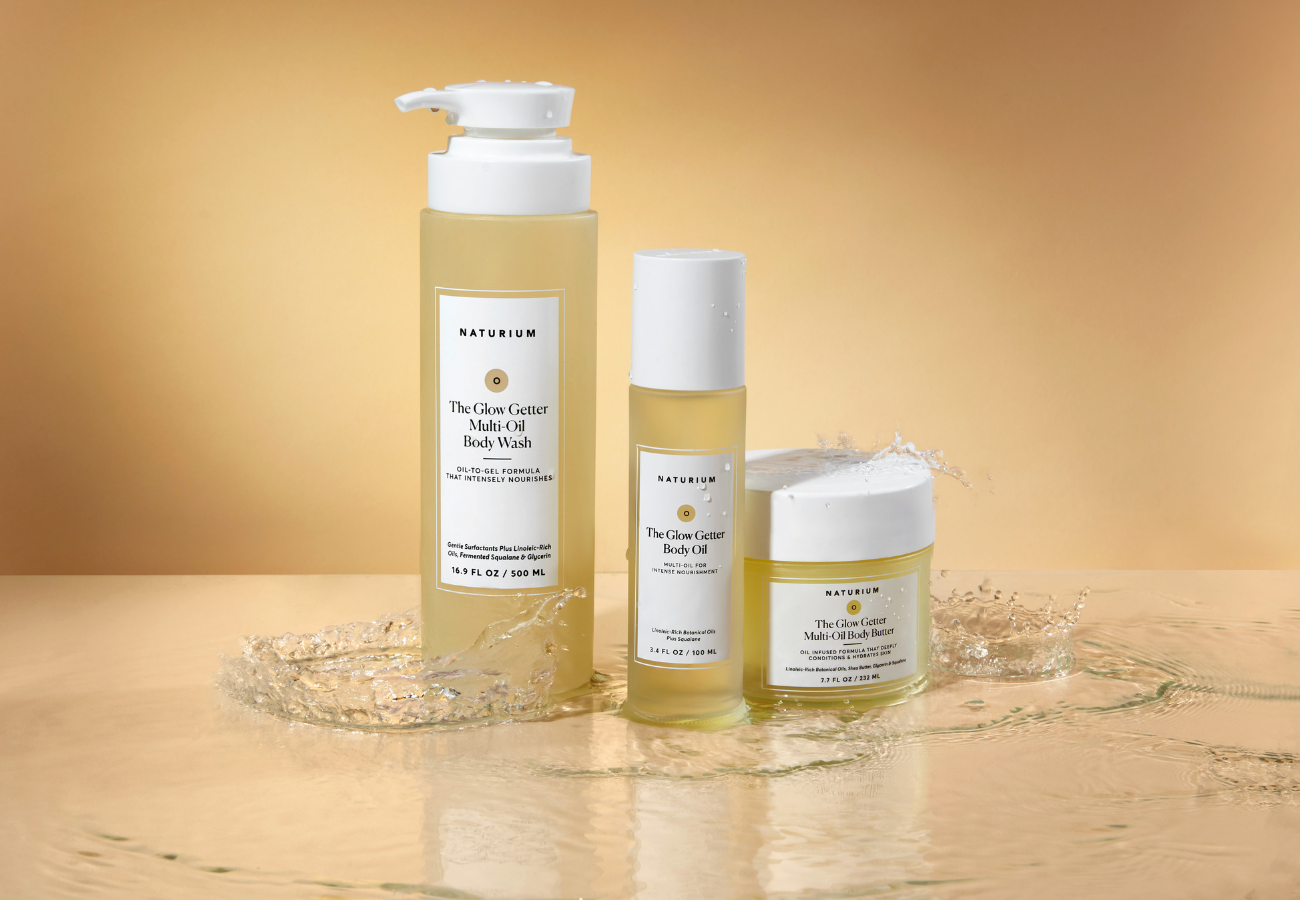
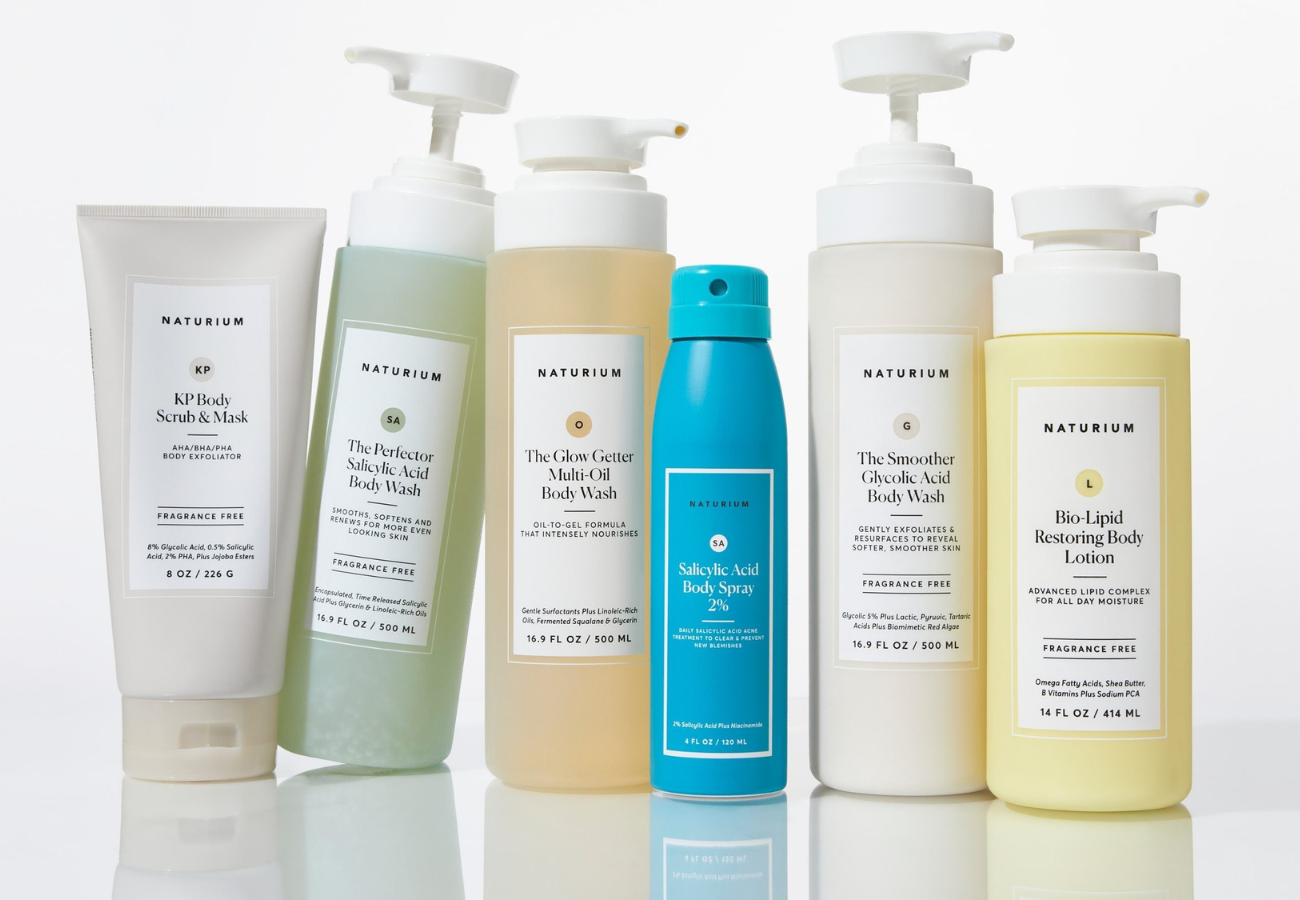
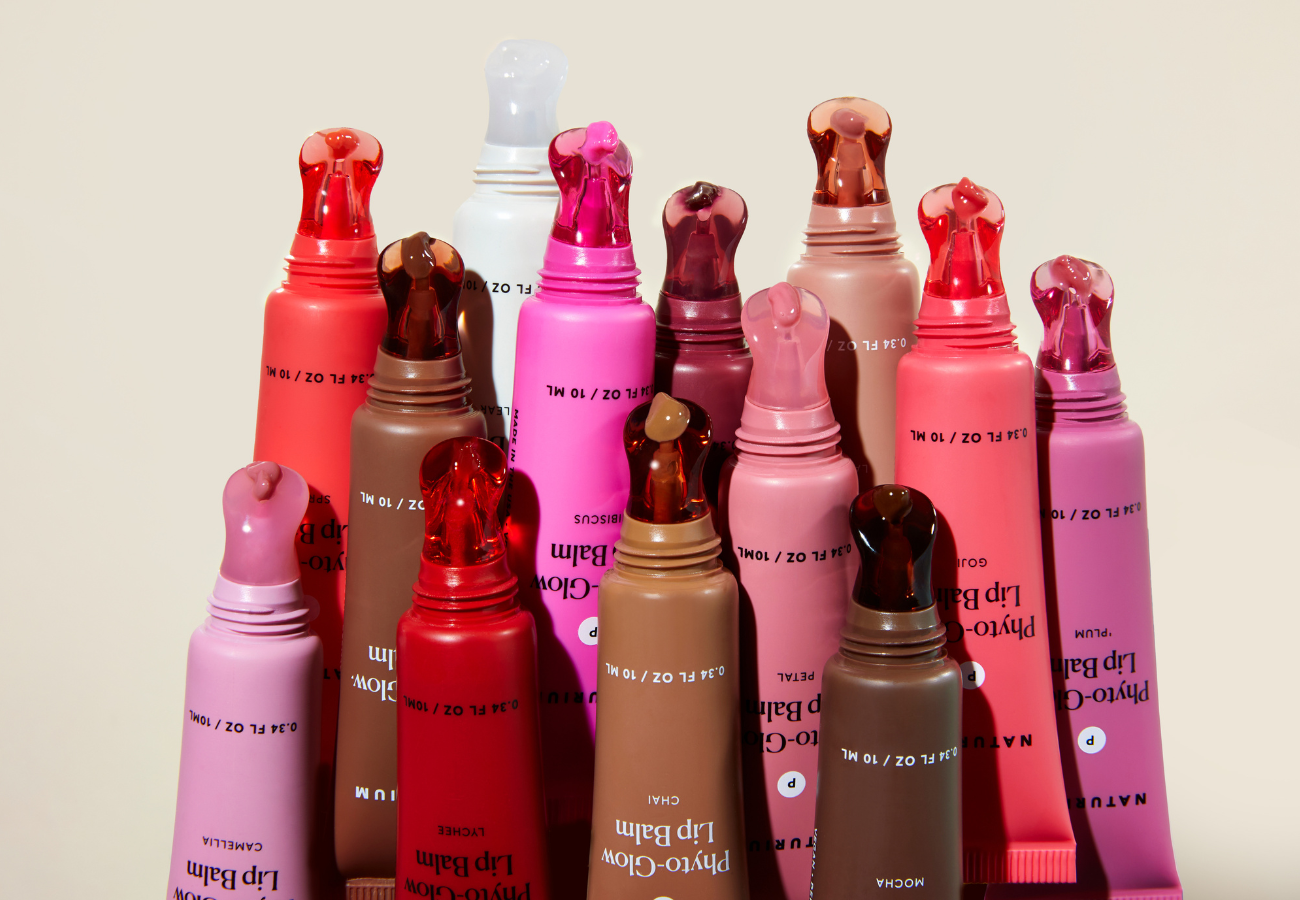
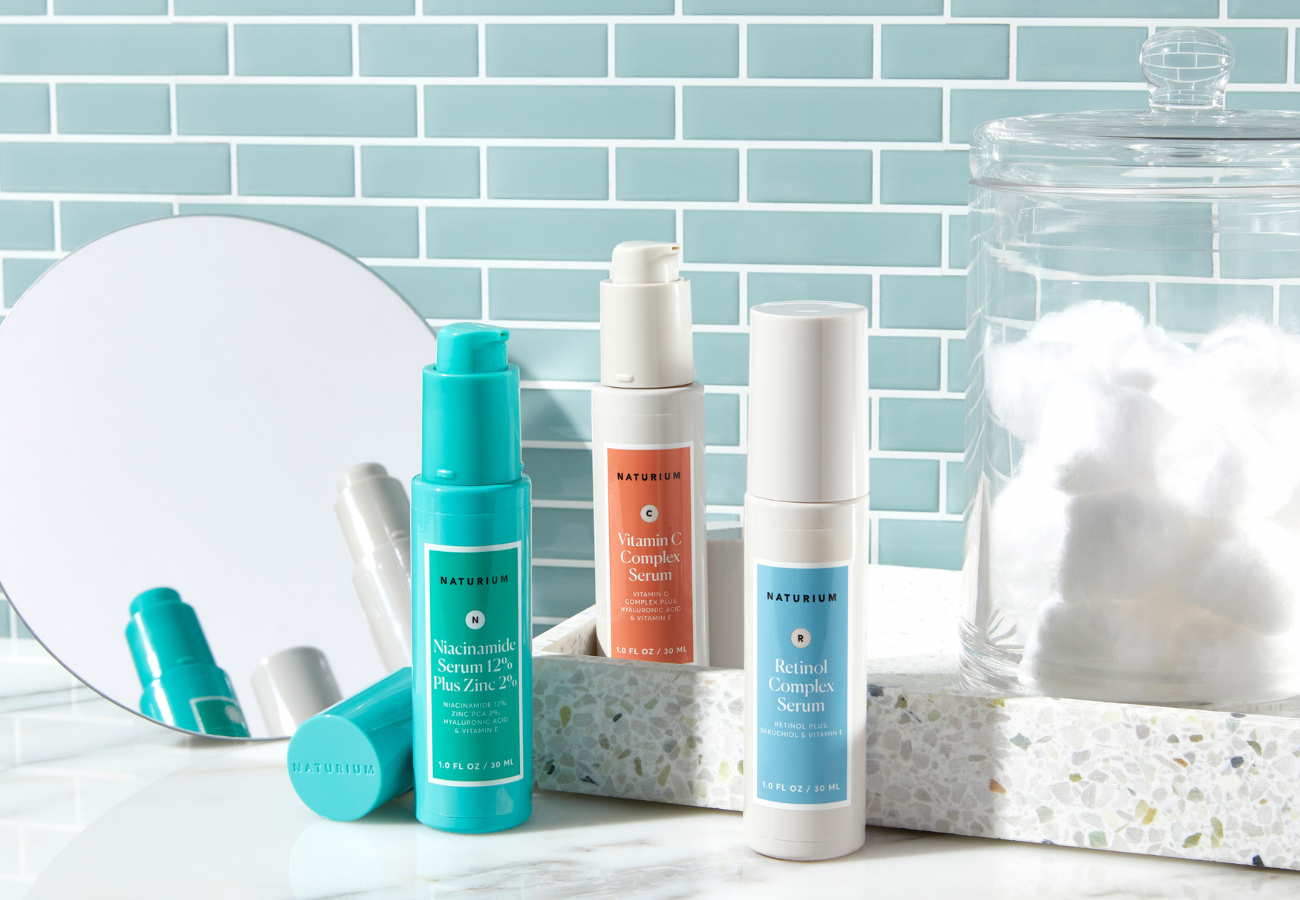
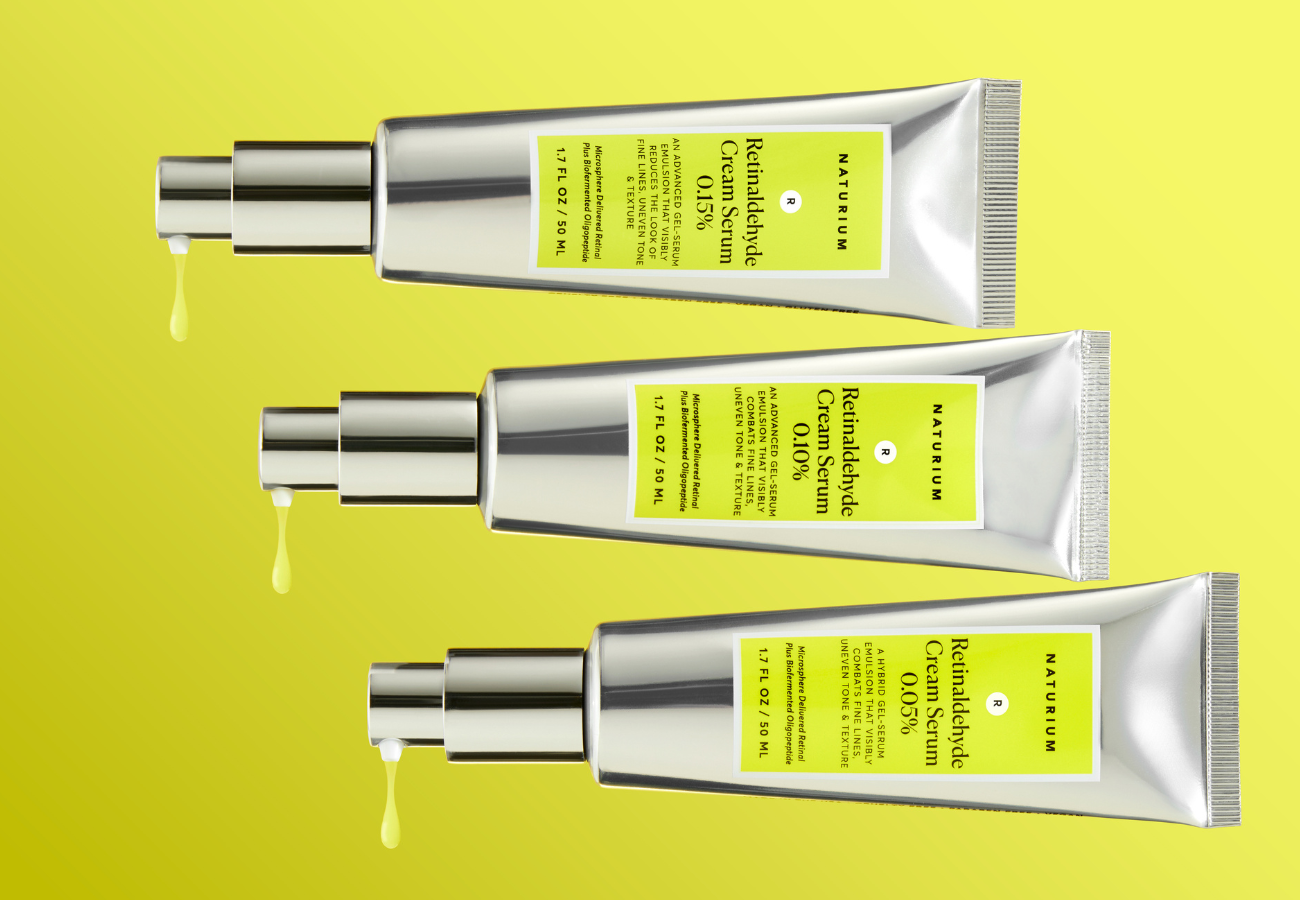
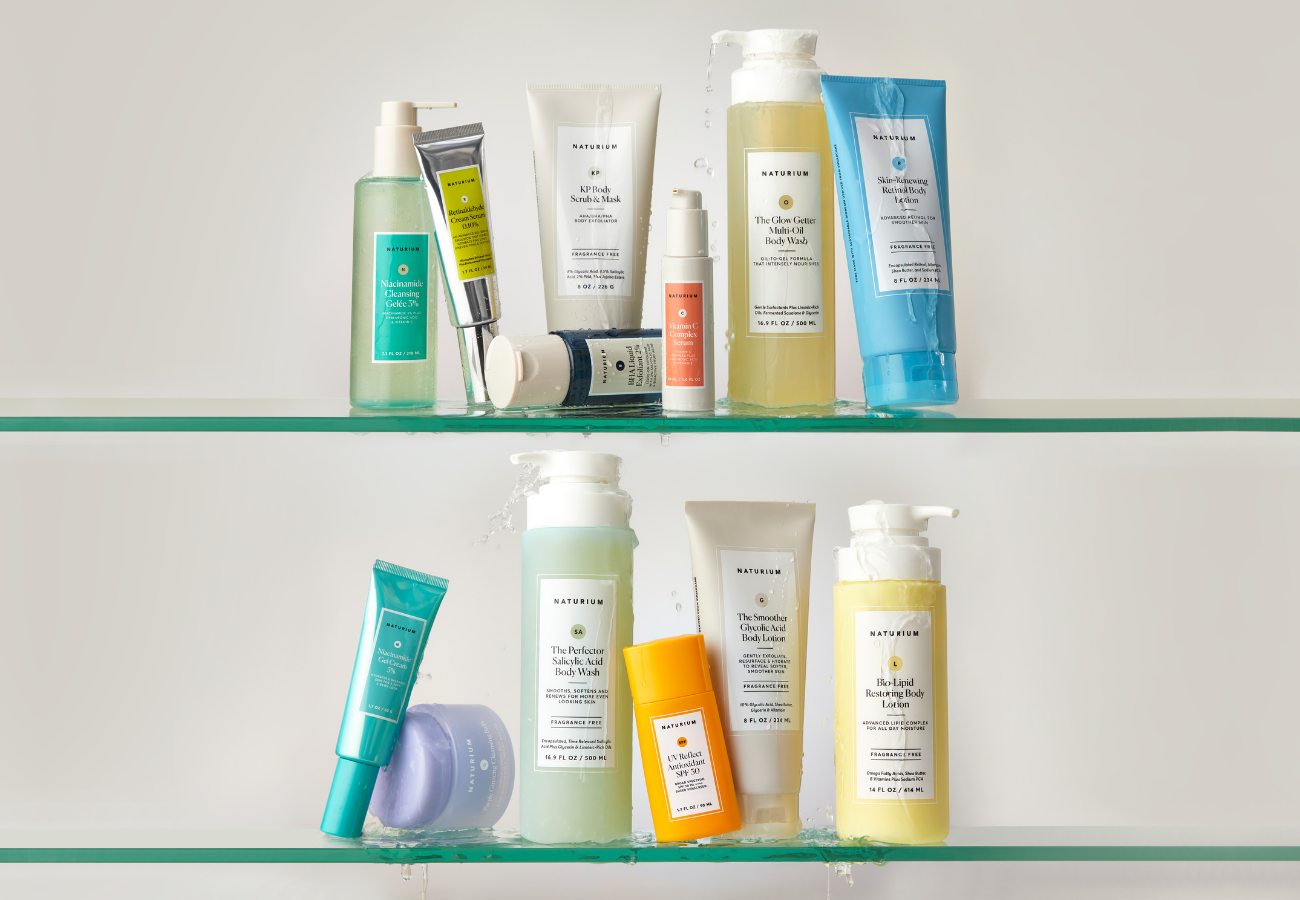
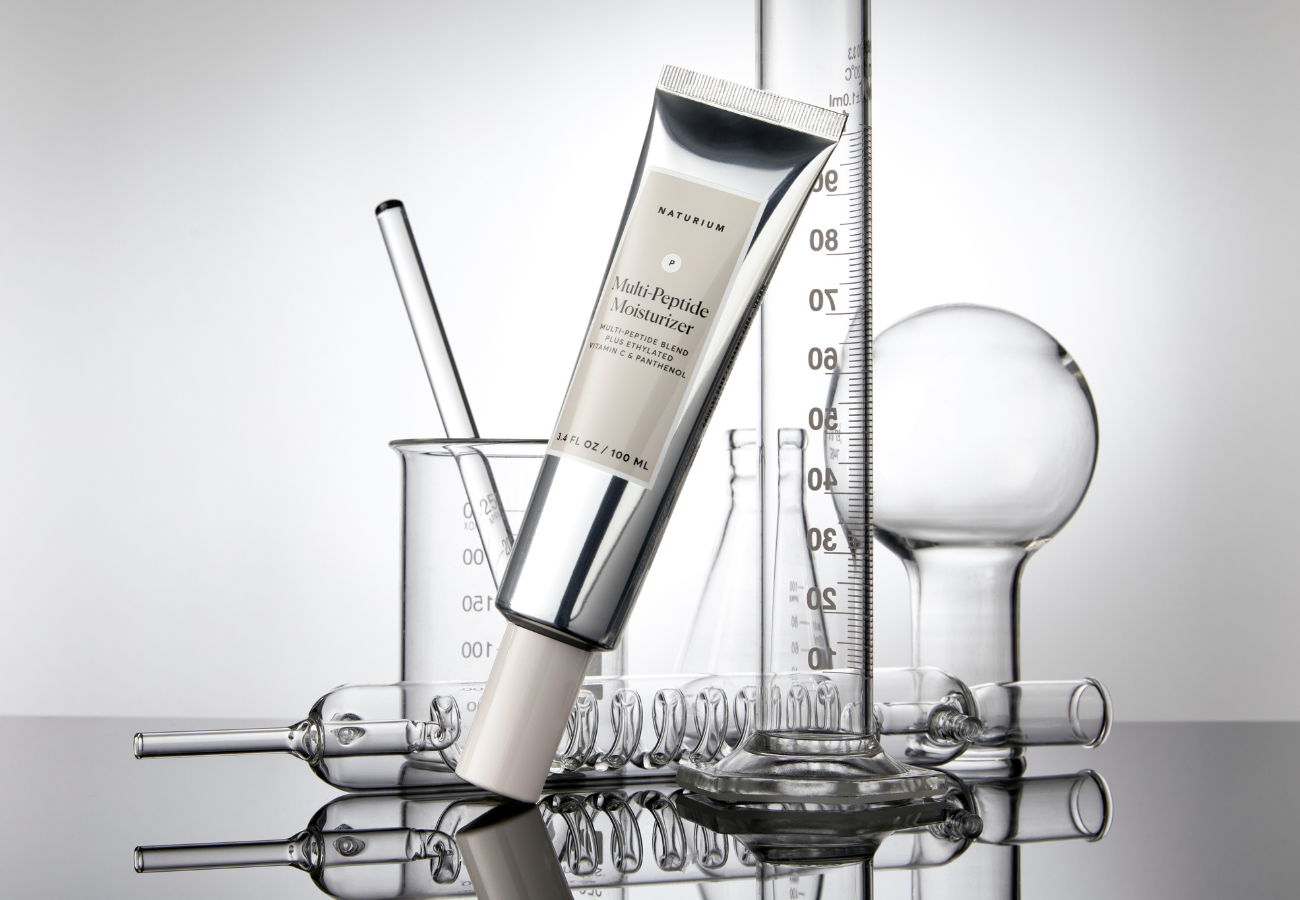


Leave a comment
This site is protected by hCaptcha and the hCaptcha Privacy Policy and Terms of Service apply.